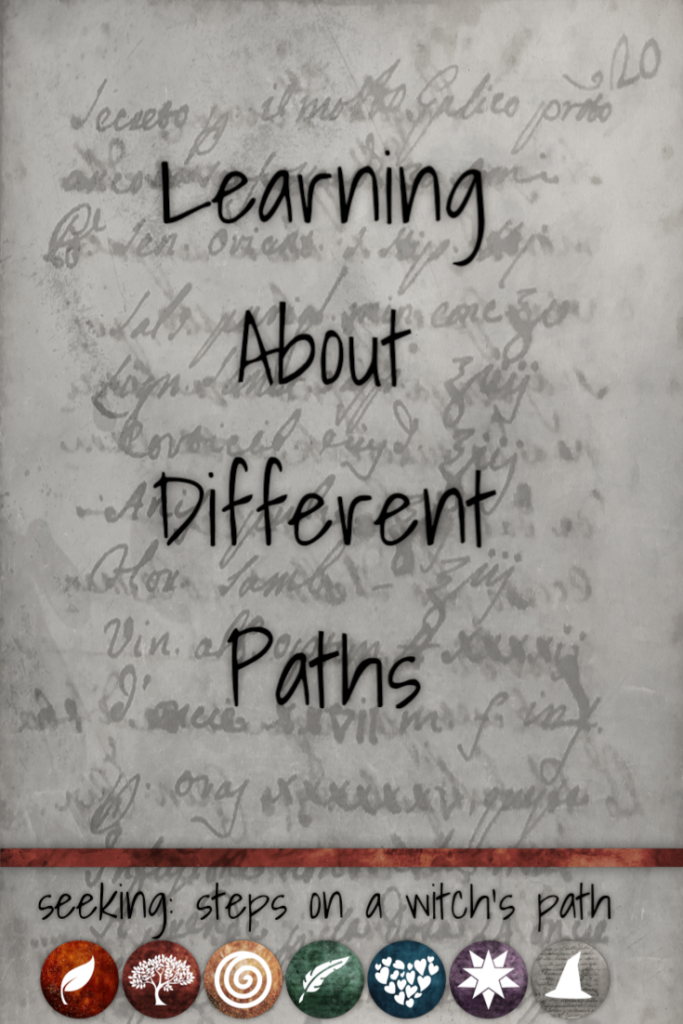When you’re looking for resources about specific paths, there are a great many out there, and some are higher quality than others.

General notes
In the early stages of your learning, I suggest the following things to focus on.
Current material (created or updated in the last 3-5 years).
Older material can provide excellent historical information, but may well leave out current resources, more nuanced discussion about complicated topics, or recent events in the path’s development or community history.
Information from people actively (and currently) following that path.
People not actually a part of a particular path may have some information, but they may misunderstand or misrepresent something more easily.
Information designed to give an overview for people interested in the path.
Save the detailed information for later. Don’t get too scared or bogged down, say, in a description of later training requirements, or a complicated debate about a particular point of practice. (You can make note and come back later.)
Recognise that much of the most current information will be online.
Learning how to evaluate and sort through online information will be a great skill for you to focus on initially. (There’s some useful information in my Learning section.)
Online
There are a lot of online resources – the ones here are ones I know well, but there are certainly others (apply the standards above!)
For information, I recommend starting with my Beginning pages on this site, as well as looking at the Teens and Paganism (great for all ages) resources put together by people at The Cauldron.
The forums there also have folders for a number of specific paths, and if you look through them, you can find a lot of other great resources (and you can ask if you need help finding more.) Most of the content for specific paths is in the Religious Sigs section (the link will take you right there), but material about religious witchcraft is more scattered. The Paganism for Beginners folder is also a newbie-friendly area where you may find your questions already have some answers.
Getting familiar with (at least some basics) about other paths can also be a great tool in your learning – it will help you make sense of a lot of resources. I suggest picking at least one site with bloggers or articles from different perspectives, and checking every week or two and picking one or two new topics or paths to learn a bit about.
Sites that make this easy include The Wild Hunt (a news roundup that links to many current stories and issues in the larger Pagan community), the Patheos Pagan Channel (which includes bloggers from many paths) and the PaganSquare blogging space hosted by Witches and Pagans magazine. Note that the quality in this sources is going to vary depending on who’s providing it, but as a way to get familiar with the breadth and variation in the larger Pagan communities, they’re great.
There are several Pagan magazines that might be of interest – again, these will give you a range of articles from multiple paths, often around a particular theme. Many Pagan stores carry at least a couple, or you can order them directly. BBIMedia puts out several with different areas of focus.
There are a number of books out there that give context about the foundation of various Pagan religions. One of the classics is Margot Adler’s Drawing Down the Moon. Originally published in 1979, with updated editions (the updates mostly notably affect the group resources information in the back, but there are other changes.)
Those interested in the history of modern Wicca (and various related paths) might find Ronald Hutton’s The Triumph of the Moon, and Chas Clifton’s Her Hidden Children useful (both are more academic works, which have their pluses and minuses.) I also found Mary K. Greer’s Women of the Golden Dawn very helpful in laying out many of the specifics of modern Western esoteric traditions that predate Wicca.

Last updated December 23, 2016. Reformatted November 2020.



